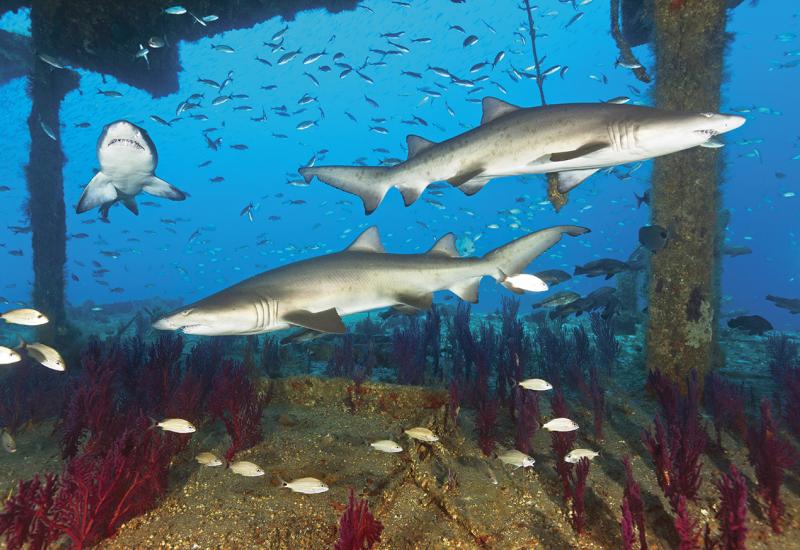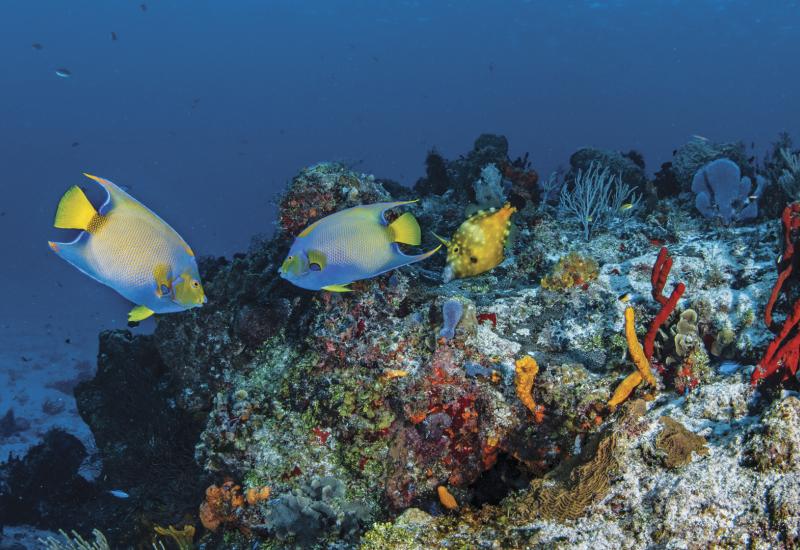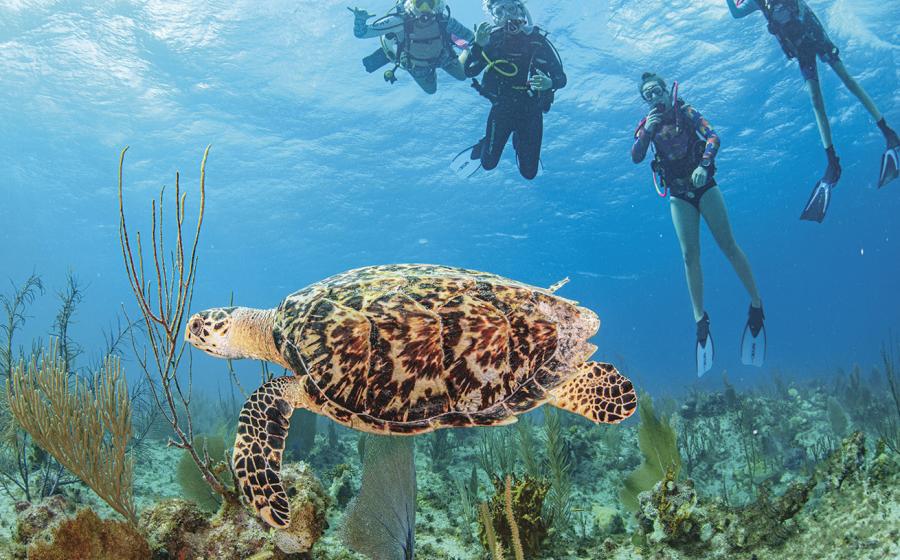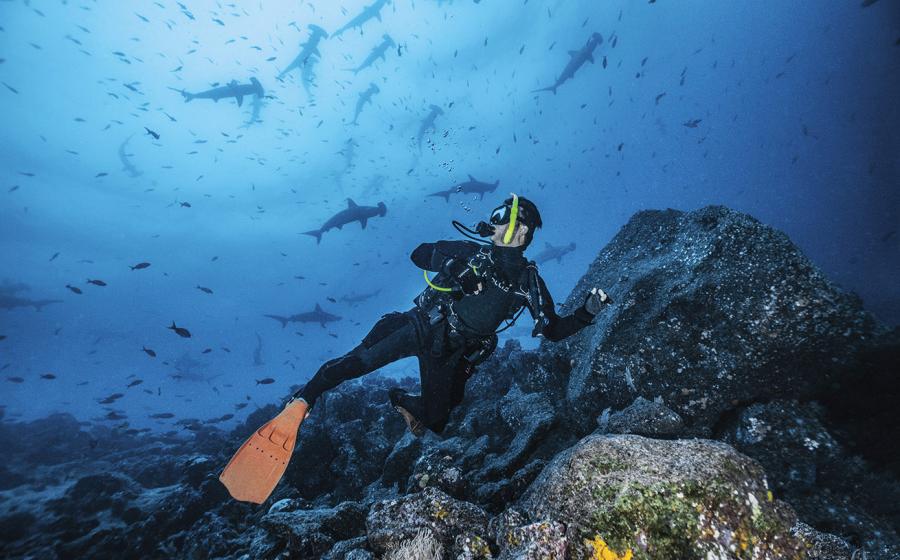World War II Wrecks: Graveyard of the Atlantic
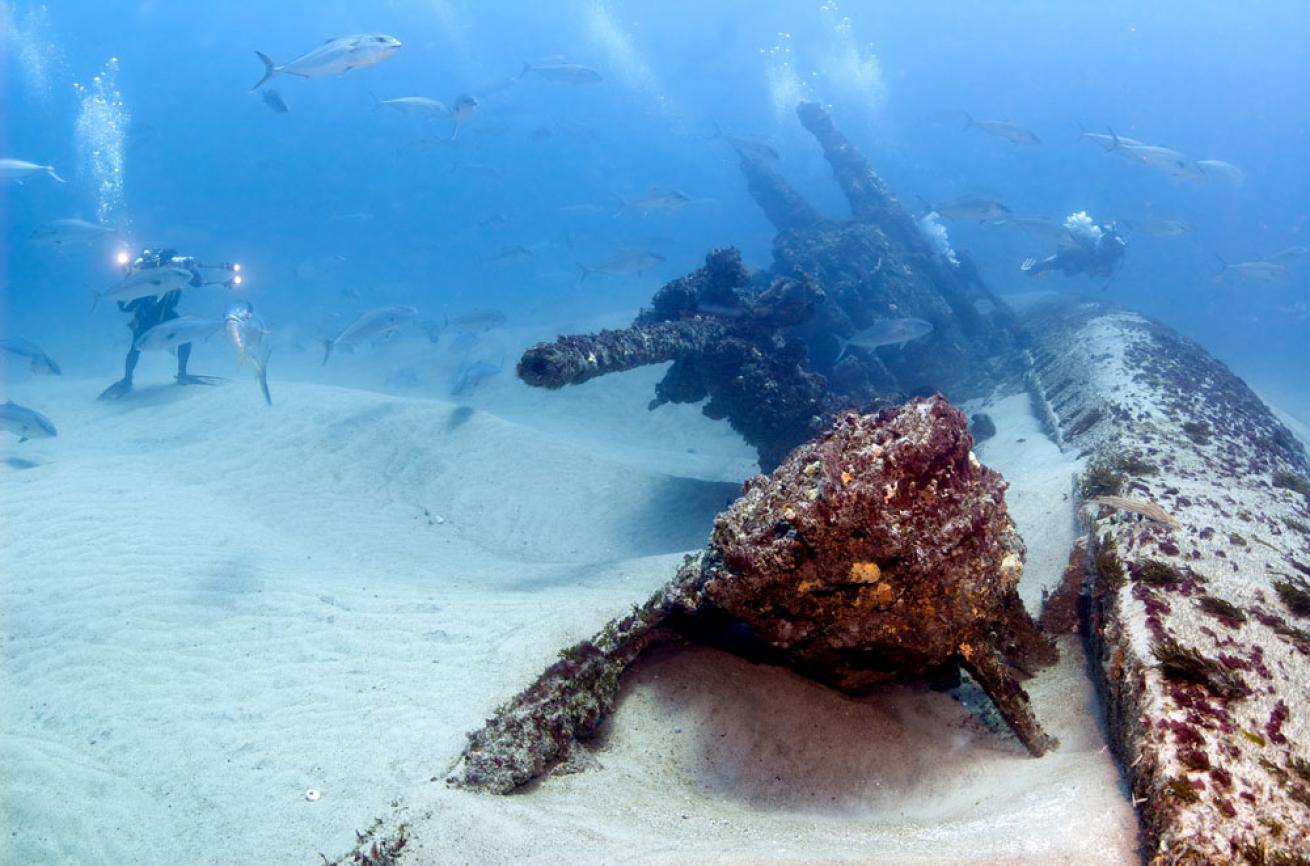
Steve SellersOne of the most successful U-boats to patrol American waters during WWII, the U-701 had many accomplishments, among them, the sinking of the 14,000-ton SS William Rockefeller, according to the NOAA. On July 7, 1942, during a routine surfacing, the U-boat failed to spot a nearby U.S. Army aircraft. As she sank, she took seven sailors with her. Capt. Horst Degen and seven of his crewmembers survived and remained German prisoners of war until the end of the war. Discovered by scuba diver Uwe Lovas in 1989, 701 lies 10 miles off the coast from Avon, North Carolina. However, Lovas promised Degen he'd keep the vessel's location secret, and it was not rediscovered until 2004. Unfortunately, after the location was leaked to the diving public, the U-boat was heavily looted, but still remains in better shape than most other U-boats, according to the NOAA.
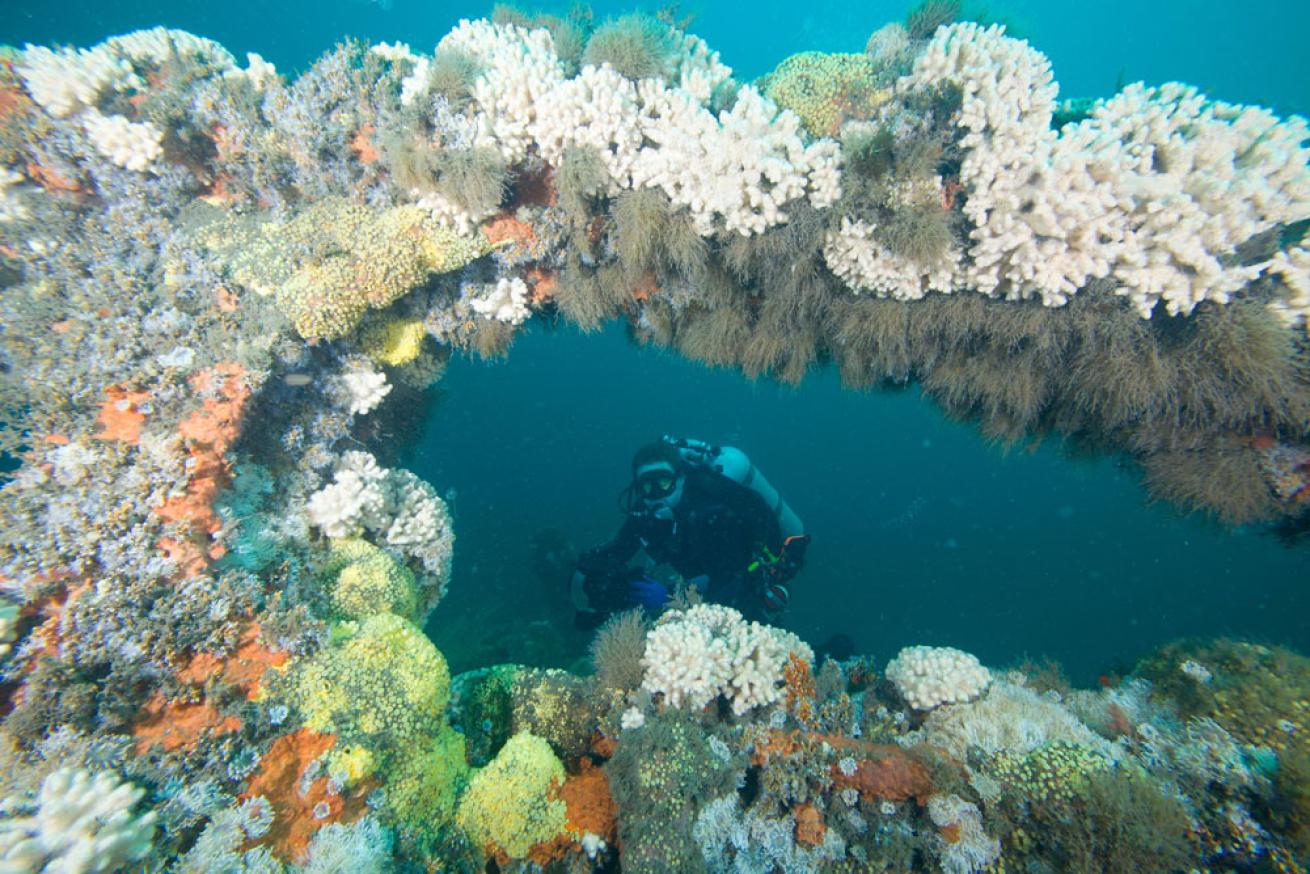
NOAASunk on Jan. 19, 1942, this 378-foot steam merchant vessel lies under almost 100 feet of water, just 18 miles north of Diamond Shoals, according to the NOAA. Built in 1904, the vessel met its fate soon after the tanker Norness was torpedoed by the U-123 — the first casualty of the WWII U-boat attacks. Following the incident, the Navy ordered City of Atlanta to hug the shore and dim its navigation lights. Despite its efforts, the vessel was torpedoed on the port side, shattering the pilothouse windows, according to Sunken Ships Outerbanks. A nearby freighter, the Seatrain Texas, pulled five survivors of the 47-man crew out of the water six hours later.
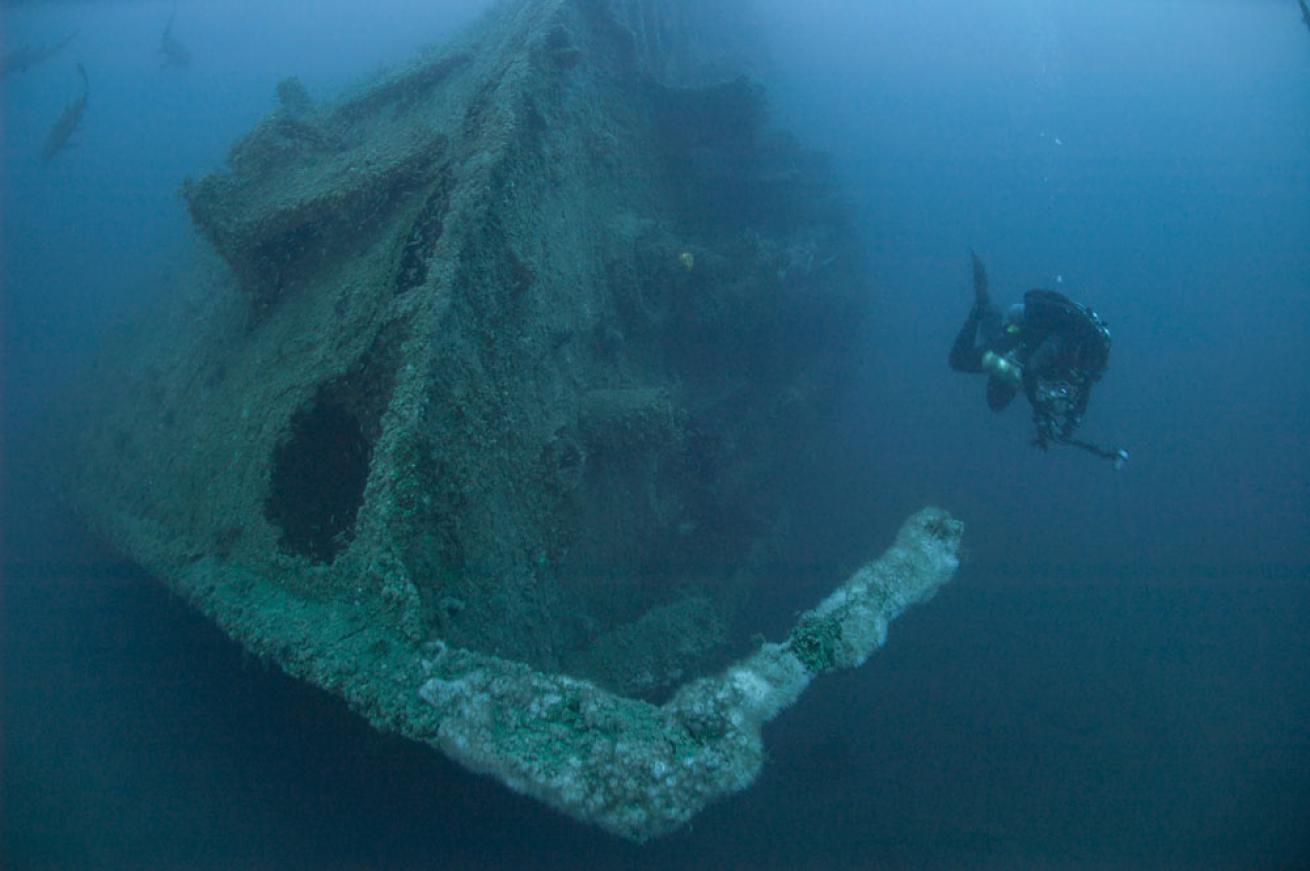
NOAASunk on March 18, 1942, this nearly 500-foot tanker now lies 20 miles south of Diamond Shoals in 72 feet of water, according to the NOAA. Built in 1921, E.M. Clark was struck by two torpedoes from U-124, sending it to the bottom of the ocean in just 10 minutes. With only one fatality, the 40 survivors were picked up by the Venezuelan steam tanker Catatumbo and the USS Dickerson, according to [uboat.net](http://www. uboat.net).
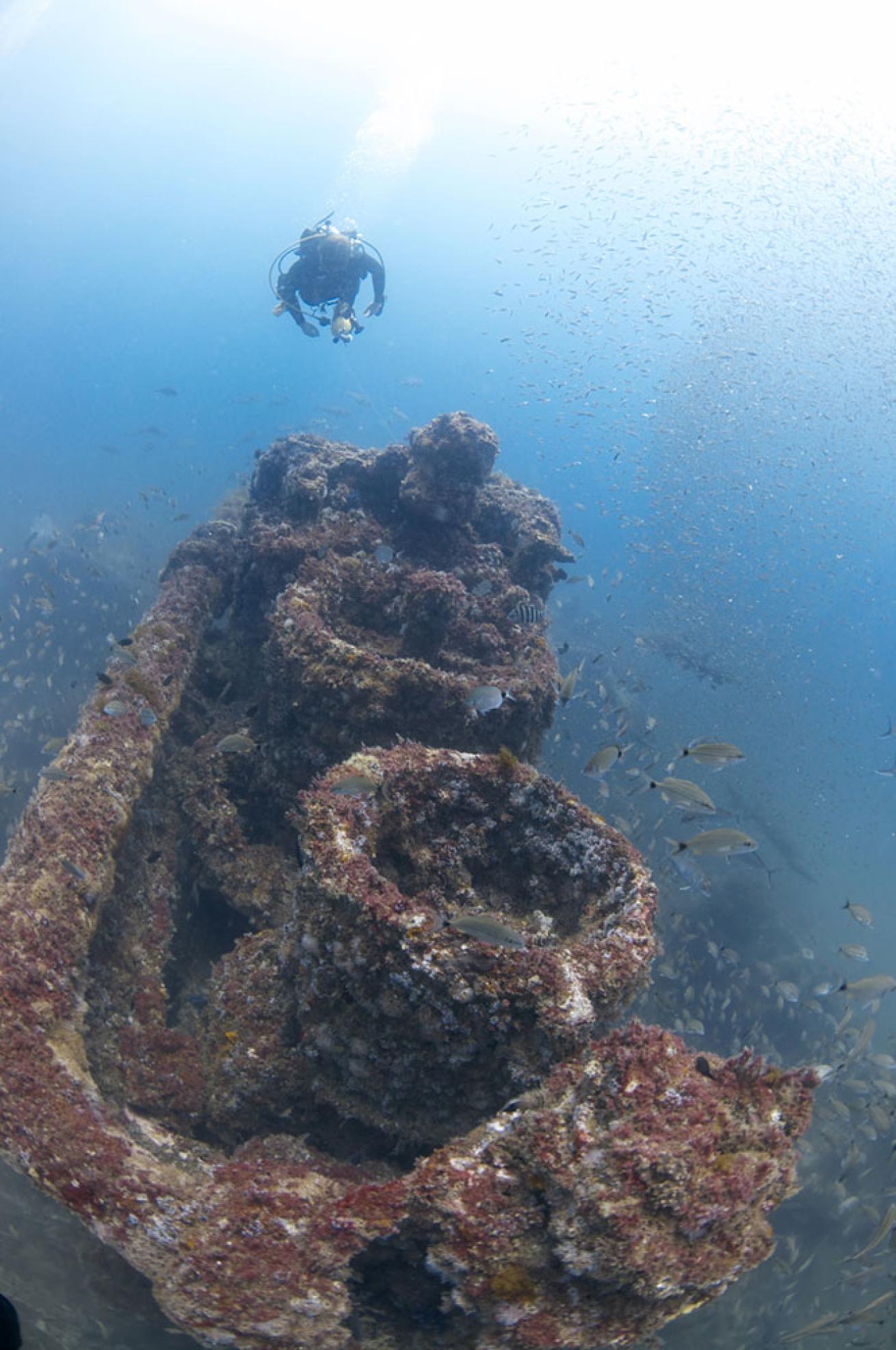
NOAASunk on March 26, 1942, this 485-foot tanker now lies 23 miles southwest of Diamond Shoals in about 90 feet of water, according to the NOAA. Dixie Arrow and Keshena _rest within 5 miles of each other on the middle shelf in Raleigh Bay. Built in 1921, _Dixie Arrow was part of a series of “Arrow”-named ships owned by what’s now known as Mobil gas, all of which were sunk during WWII.
Traveling along Cape Hatteras to Paulsboro, New Jersey, the tanker was spotted by U-71 just as Capt. KK Walter Flascheenberg was about to order his U-boat to the bottom. Instead, he maneuvered between the Dixie Arrow and the shore, and fired three torpedoes, sending the tanker up in flames and cracking it in two, according to NC Wreck Diving.
As crewmembers tried to escape, wind-driven flames trapped a group of men. One seaman, Oscar G. Chappell, bravely repositioned the ship to free the men, which in turn directed the flames on himself. He was later posthumously awarded the Merchant Marine Distinguished Service Medal. The SS__ Oscar G. Chappell was also named in his honor, and today_,_ the Navy League annually awards the Able Seaman Oscar Chappell Award for Outstanding Maritime Stewardship.
The flames were spotted by the USS Tarbell, which picked up 22 survivors. In all, 11 crewmembers were killed. The U-71 escaped as one of the few U-boats to survive until the end of the war. The NC Marine Air Station used the remaining masts and wreck site for target practice until 1944, when it was wire-dragged and demolished at about 43 feet.

NOAASunk on May 9, 1942, this German U-boat represents a significant piece of history as the fourth U-boat to be sunk by the United States during World War II, according to the NOAA. The 33 survivors were also the first German prisoners of war taken by the U.S. after declaration of war. Lying in more than 100 feet of water, the wreck site also holds the remains of 15 German soldiers who were killed in action at the hands of the U.S. Coast Guard patrol vessel Icarus, captained by Kapitanleutnant Rathke, according to the U.S. Coast Guard.
World War II wrecks have been the sharp focus of the National Oceanic and Atmospheric Administration for many years now, namely those buried in the Graveyard of the Atlantic. A patch of North Carolina waters, the iconic location is the resting place of a handful of American vessels and German U-boats that sunk during the Battle of the Atlantic.



